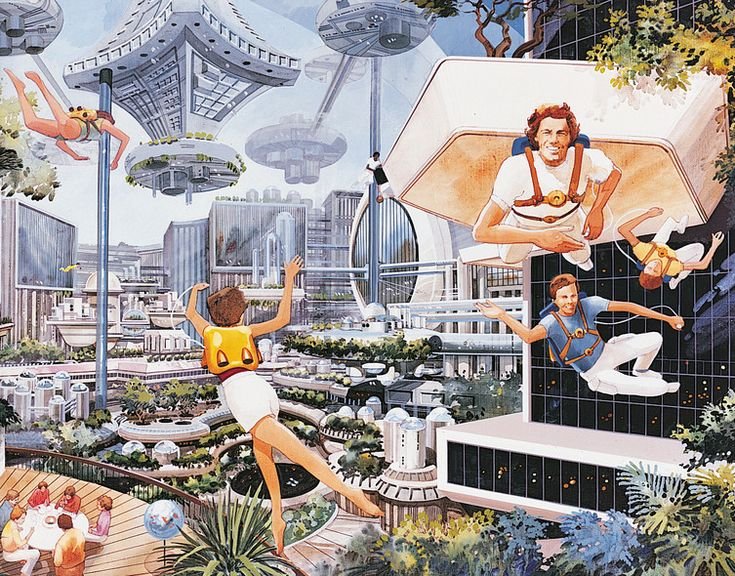UTOPIAN / DYSTOPIAN THEORY
Utopian / Dystopian Theory
My early interest in architecture and design, like many young people, was for its utopian world-building potential. I sketched maps of buildings and neighborhoods, imagining on paper how people might interact. I watched science fiction films and participated in role-playing games that developed the details of imagined settings. In studying architecture I drifted towards the fantastic and speculative, and gained an understanding of how drawings convey a sense of possibility. In graduate school I was able to connect my interest in the visible manifestations of utopian ideas with the social and political dimensions of these projects. At the same time I came to recognize how utopian/dystopian speculation can be a powerful tool for critique, articulating what is amiss and what is wished for.
Included here are a number of projects that help theorize utopian/dystopian speculation.
Literature Review - Discusses pertinent themes in utopian scholarship, including how utopian ideas are tied to their specific milieu; how speculative utopias work to “stir the imagination”; the contrast between utopia and ideology; how utopian ideas often fall short when translated into reality; and the possibilities utopian speculations offer to frame and transform reality.
Seminar Course - Reading list from a two-part seminar course at Hunter College that examined urban utopias through readings and speculative design projects.
“Life, Not as We Know It” - Lecture given as introduction to speculative design seminar at Hunter College and Drexel University.
Related Projects: “Four Futures” Design Studio, Eden: A Speculation, “Escapist Interiors”








